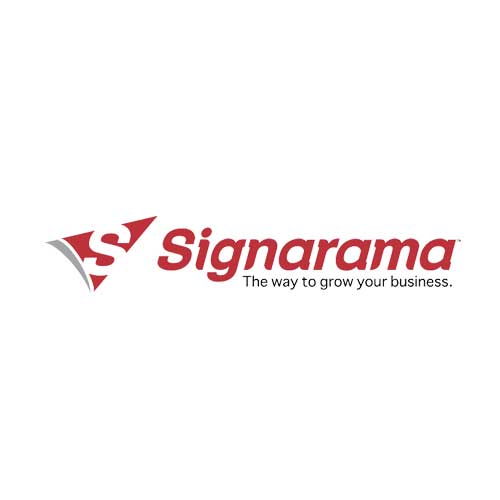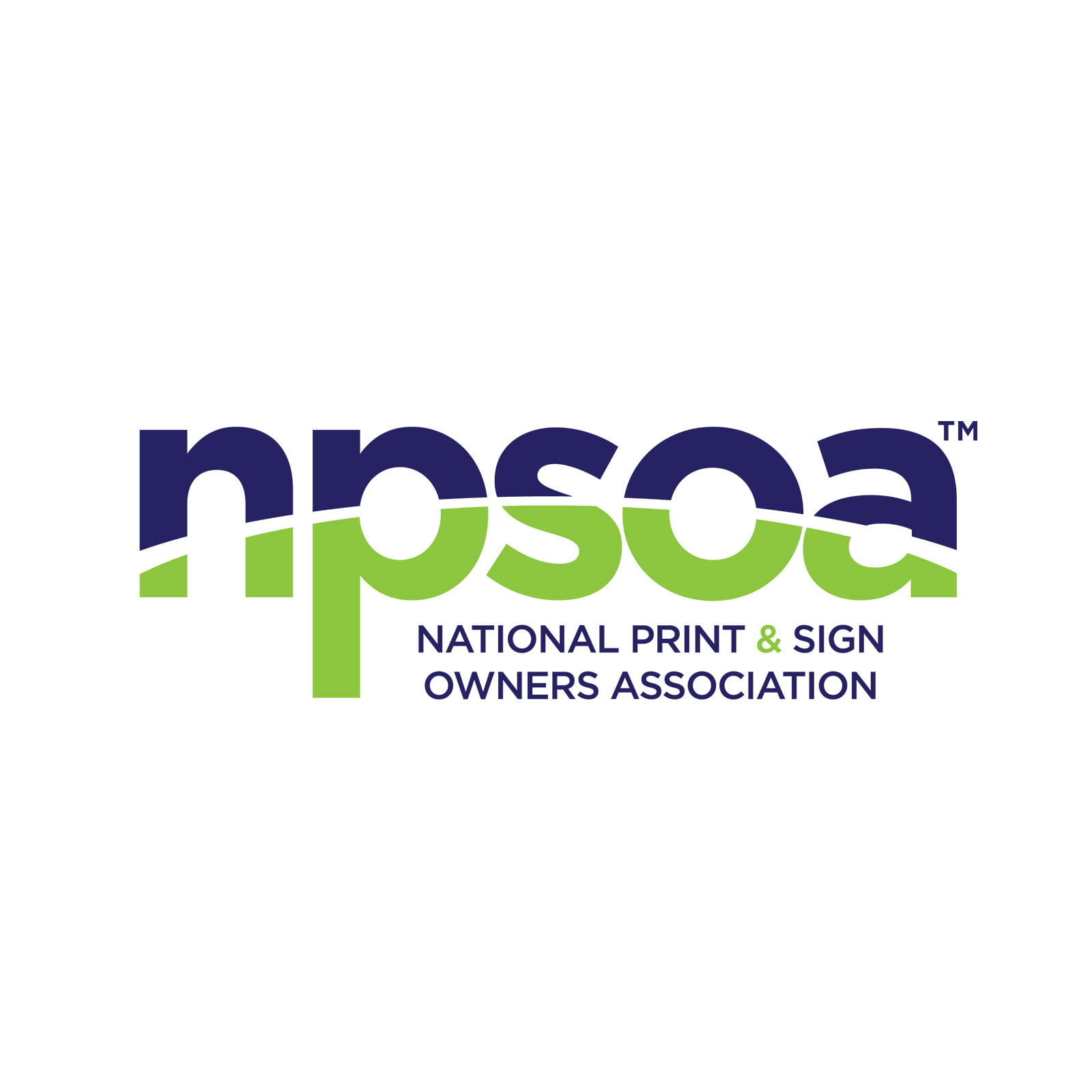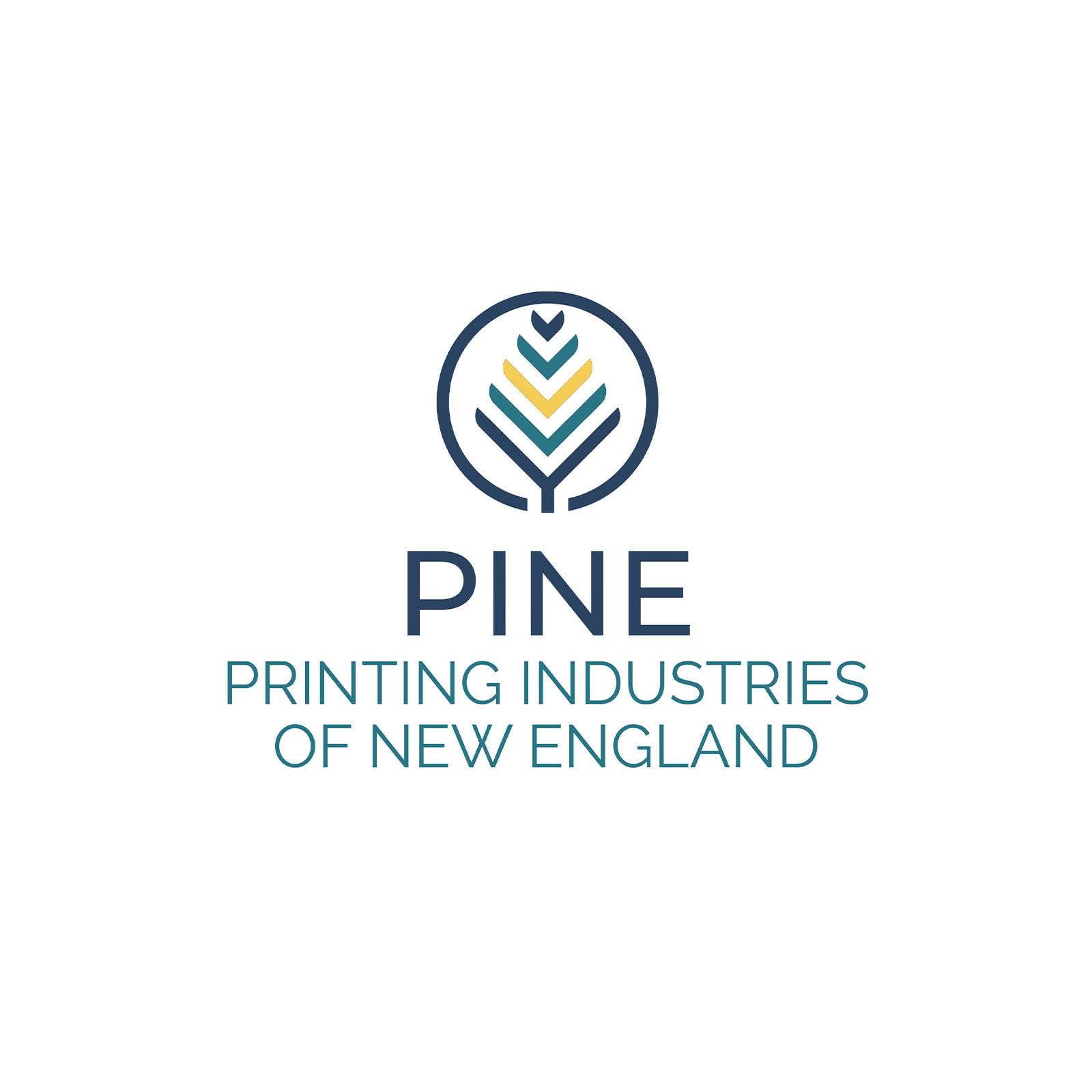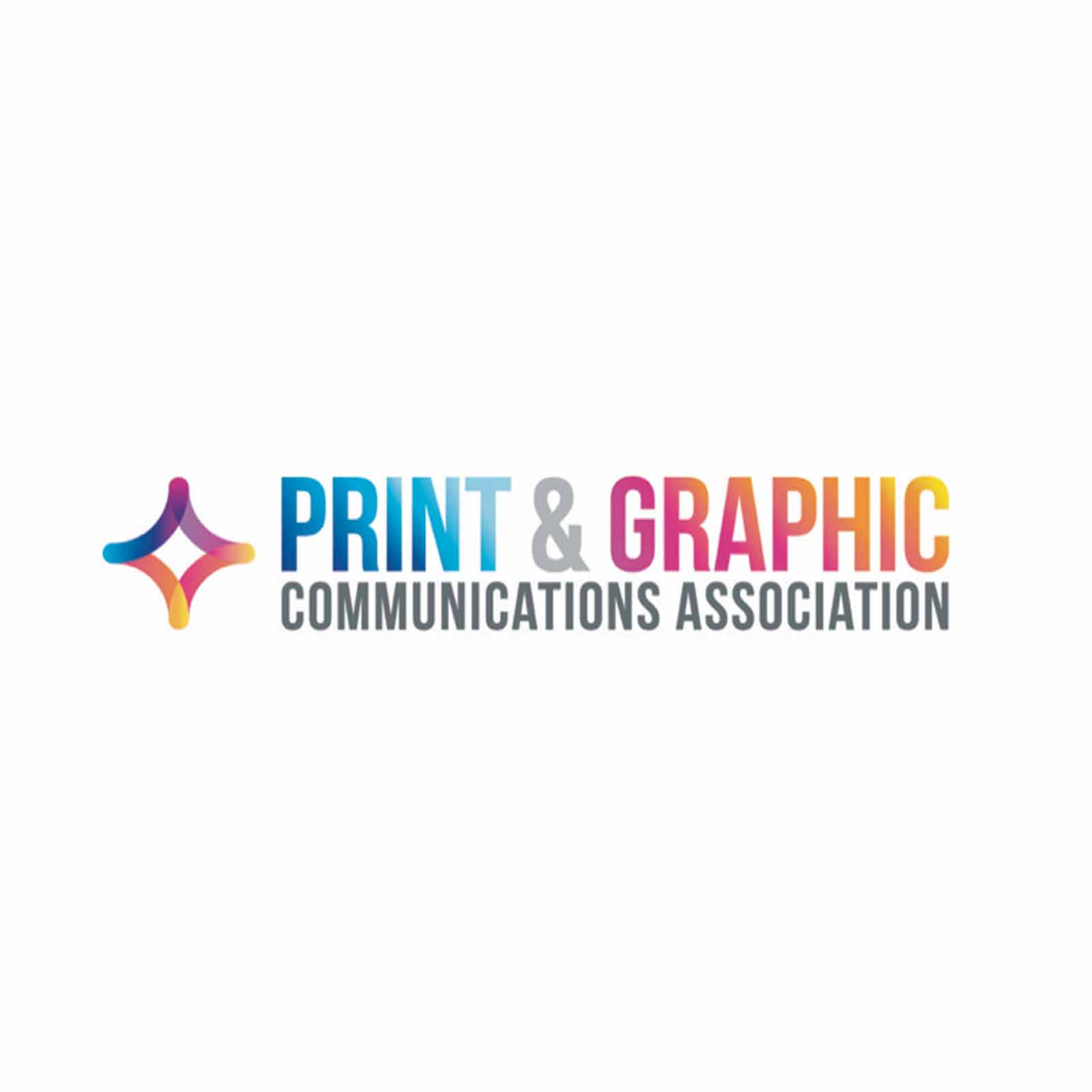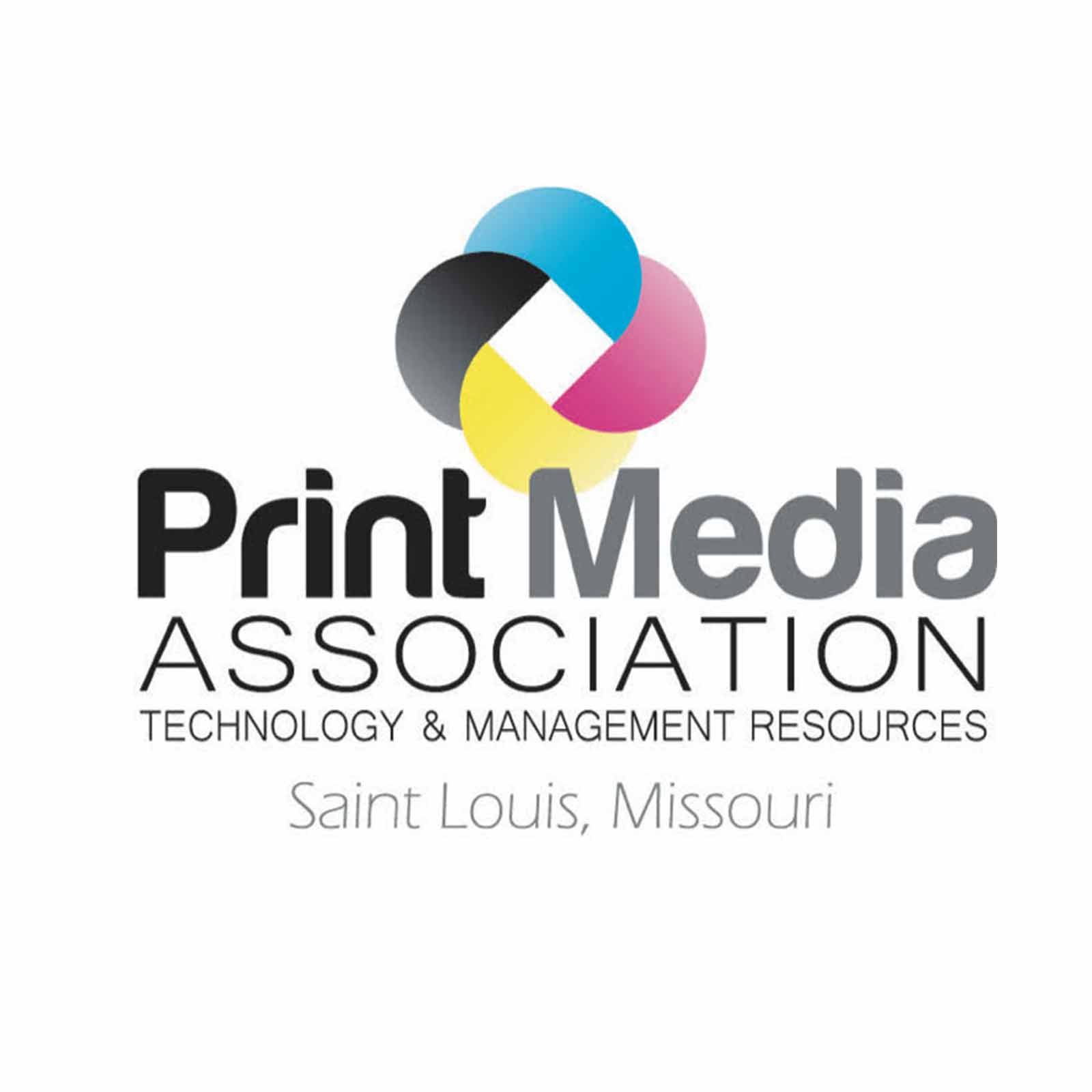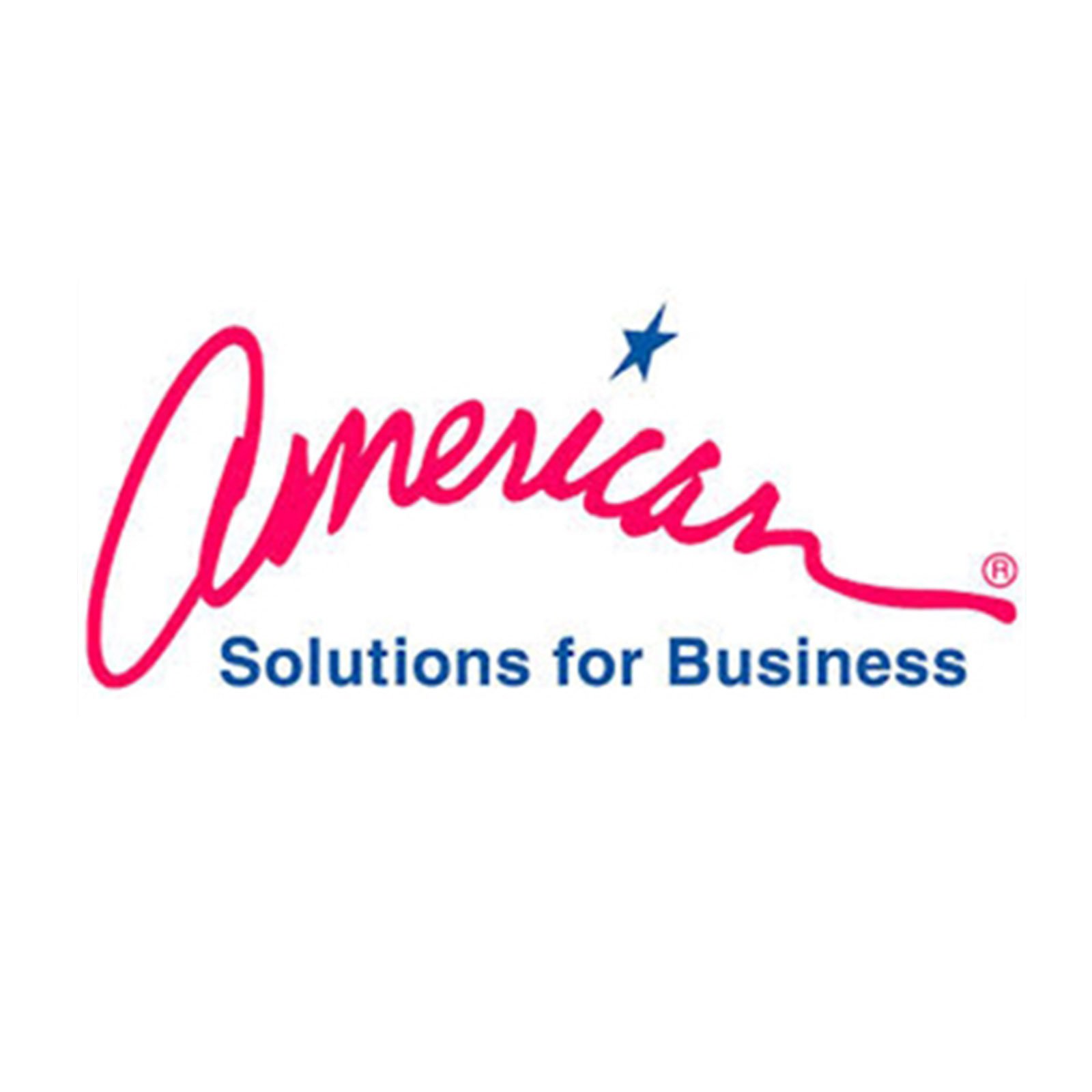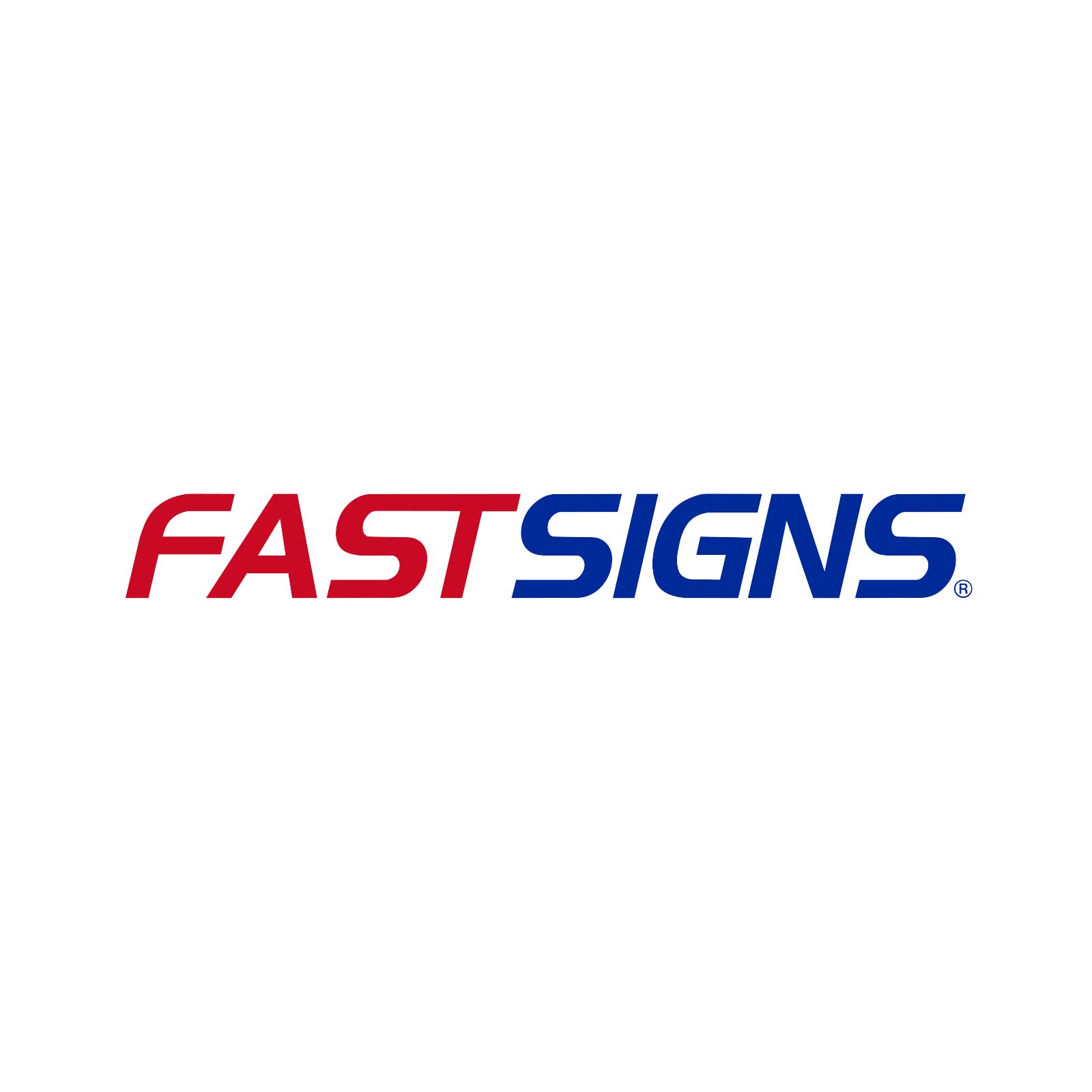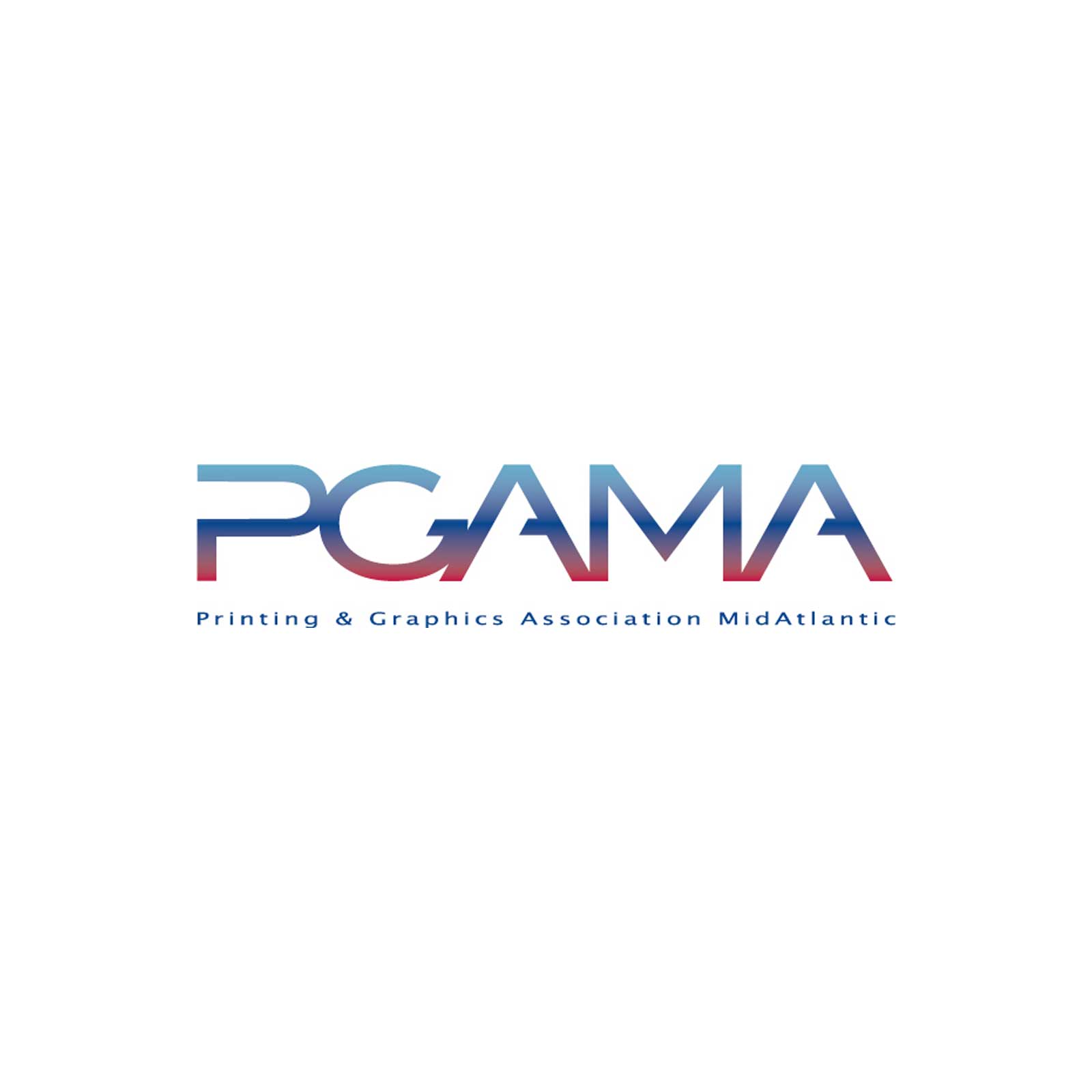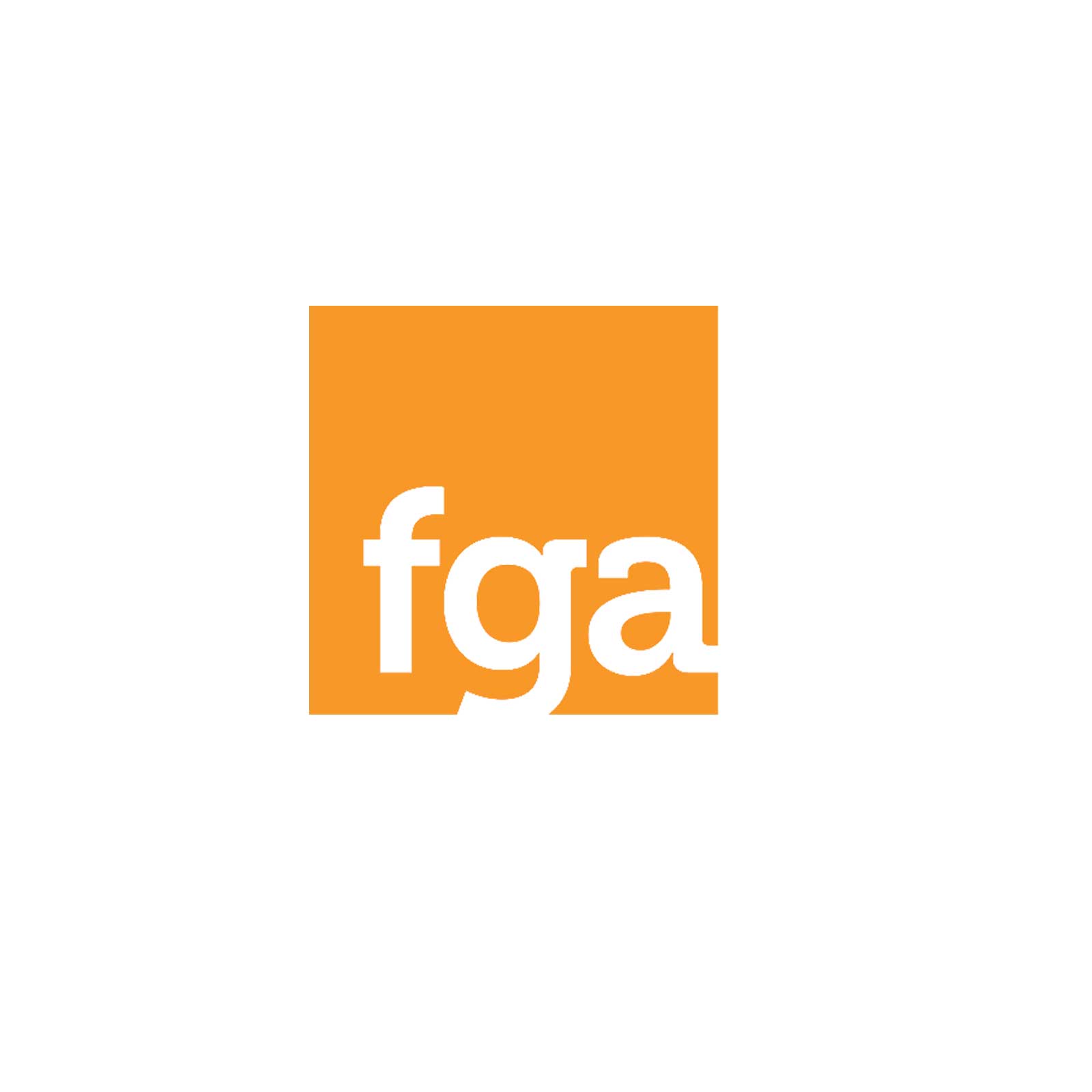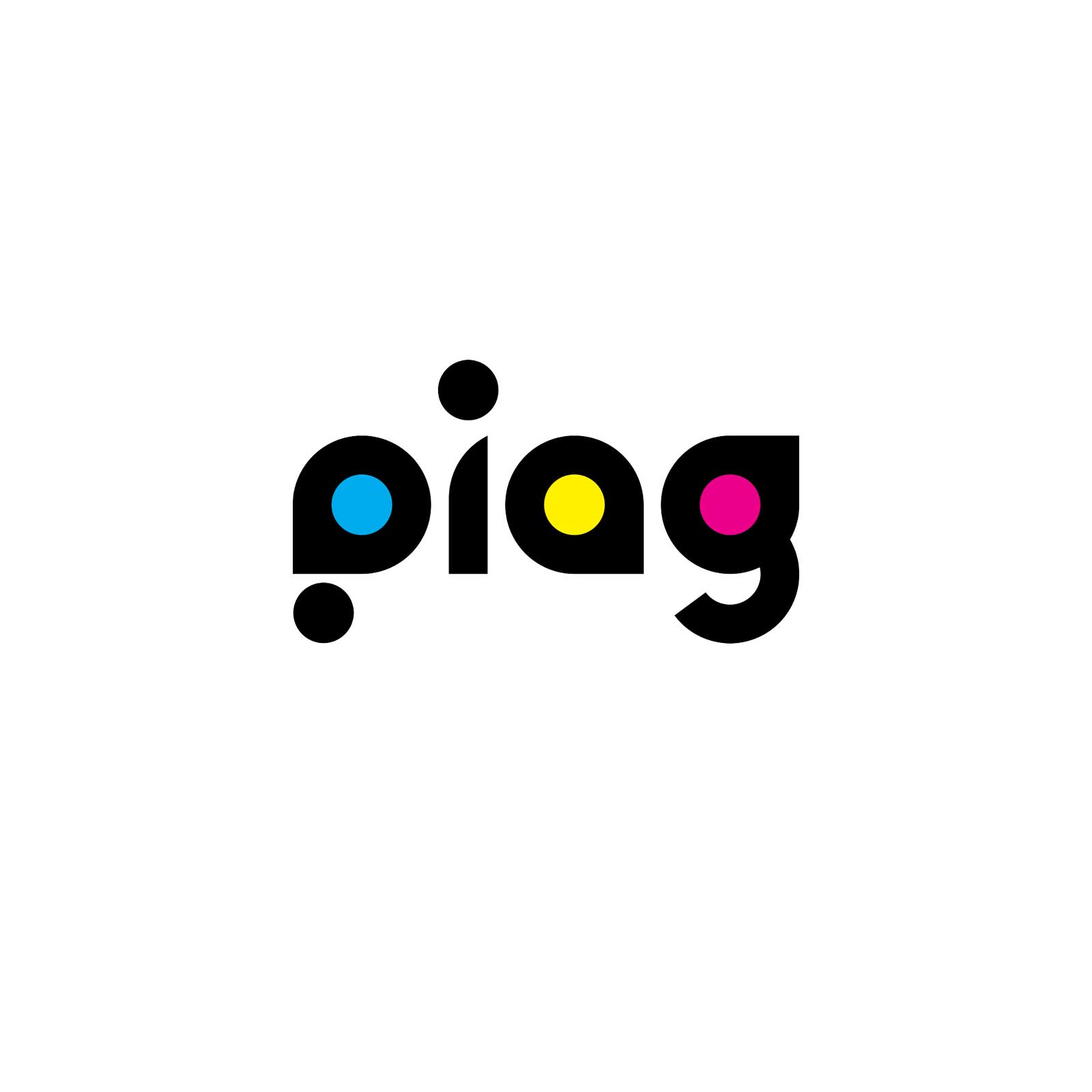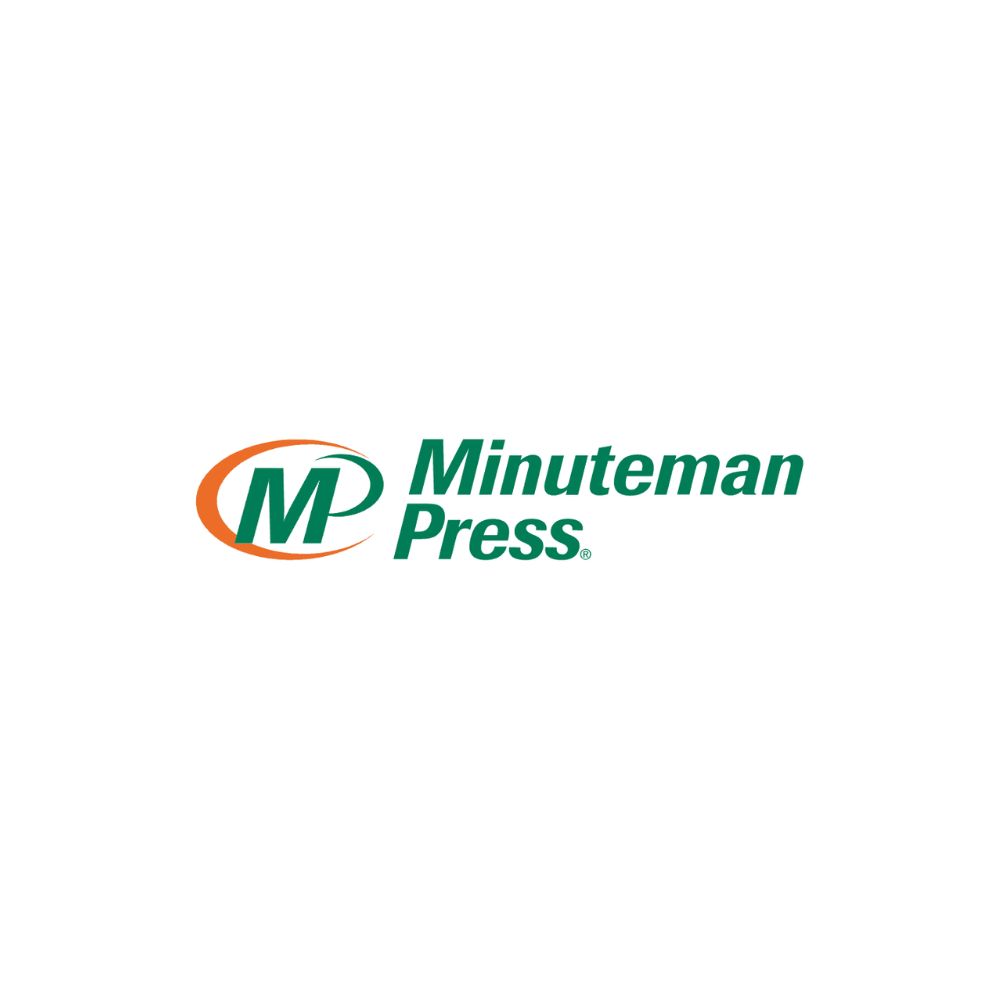
Good morning!
Painful. Cringe-worthy.
Those of the words I use to describe some of the emails my clients send me for review.
Improper sentence structure. Bad grammar. Misspellings. Rambling sentences. And then it’s all capped off with a finish which essentially states, “Let me know if you’re interested.”
I’m not really sure where to start.
At some point during the sales tip you might accuse me of nitpicking, getting worked up about something inconsequential, or just old and out of touch. Let me save you the time:
1. Guilty
2. Guilty, and
3. Guilty.
I admit to being all of those things, however I am not wrong.
You are in the graphic arts. Part of your brand is your message. Part of your messaging are the emails you send someone. As such, you are going to be judged for the words you use and how you use them. Moreover, you will be graded for your errors.
I thought about grabbing one of those emails I received and picking it apart, but I would not want to embarrass anyone. So, let me just go through some basic rules (Note: Sales Vault Insiders, you can download some email templates to use with prospects and customers).
First, the salutation. My advice: Be familiar. Familiar is different than friendly. I think it’s important to write as if you were addressing a friend. Also, avoid coming across as trite. “Hope your week is going well” or “Hope you are staying safe” are well-meaning, but come across as false and inauthentic. I suggested simply, “Hi, Bill…”
Second, get to the point. What I’m looking for after the greeting is to understand why you are emailing me. Don’t tell me about your company. I don’t care. Talk to me about my challenges. Build some credibility. Tell me you “get” my world. That’s what’s going to get my attention. If you start rambling about your company’s equipment and capabilities, what I’m going to read is: “blah, blah, blah, I am a me-too vendor.”
Third, stick the landing. Close the email with an action statement that answers the question, “What am I going to do next?” Do NOT say, “I’d love to talk. Let me know what works for you.” It’s not the recipient’s job to follow up. It is yours.
The introductory email is designed to simply say, “This is the start of my prospecting process.” No more. Be sure you are following some basic rules when writing it. Then, make sure you read it through before it goes out. Check for spelling errors and grammatical oversights. Do not be afraid to put a second set of eyes on it. Yes, this is that important.
In closing, let me share with you the brilliant advice from my late father’s brilliant boss. dad was the treasurer for the Episcopal diocese of Western Massachusetts and his boss, Bishop Alexander Stewart used to say, “the secret to a good sermon is a strong start, a strong finish, and as little room in between them as possible.”

